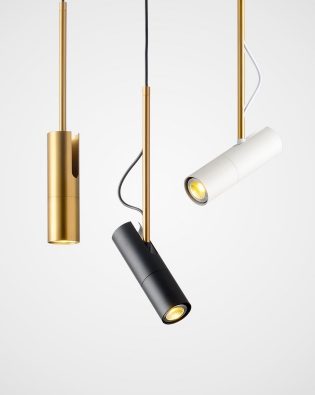How to Determine Your Fertility Window
Before we talk about how to calculate your fertility window, it might be helpful to briefly review the stages of your menstrual cycle, as hormonal changes that occur during the different phases set the stage for ovulation and provide clues as to when ovulation is coming.
As you may already know, in order for conception to take place, at least one healthy and vigorous sperm must be waiting in the fallopian tube at the moment ovulation occurs and must be able to fertilize the egg within 12-24 hours of the egg being released from the ovary.
Since sperm can only live for a maximum of 5 days in the female reproductive tract, only a small number of sperm will even survive the long journey through the female reproductive tract. Therefore, couples trying to conceive should plan to have intercourse a number of times in the days just prior to ovulation.
To do this means you must be able to predict when you will ovulate, a task that is sometimes more difficult than you might think. Fortunately, for those of us who need help, there are several reliable ways to predict when your most fertile days will occur during each cycle.
Timing of Your Fertility Window: Before and After Your Period
In the first several days of the menstrual cycle (called the follicular phase), certain hormones, specifically follicle stimulating hormone (FSH), begin the maturation process of follicles (the sacs that hold the egg) in the ovaries. In the second week of your cycle, FSH levels begin to decline and a single dominant follicle continues to develop.
This growing follicle produces increasing amounts of estrogen, which initiates the ovulatory phase. Estrogen plays a key role in the ovulatory process and helps to prepare the body for pregnancy. This hormone helps build the lining of the endometrium, facilitates the secretion of fertile-quality cervical mucus (which helps to protect and transport sperm through the reproductive tract) and triggers the production of the luteinizing hormone (LH).
By paying close attention to how your body responds to increased estrogen in the first couple weeks of your menstrual cycle, you can begin to predict ovulation. For example, many women know ovulation is just around the corner when they see an increase in production of fertile-quality cervical mucus.
Tools for predicting ovulation
Here is a brief introduction to some of the available tests and devices that can be used to help you pinpoint your fertility window.
Ovulation Kits (OPKs) are a popular method for predicting ovulation. OPKs detect the presence of the luteinizing hormone (LH) in your urine. In many women, the amount of LH in the body surges approximately 12-36 hours before ovulation occurs. By testing with OPKs, you can identify this LH surge, which allows you to know that ovulation is just around the corner and that you are in your fertile window.
Ovulation Microscopes or saliva ferning scopes, allow women to identify their most fertile days by observing the visual changes that take place in saliva throughout the monthly cycle. Just prior to ovulation, women experience an “estrogen surge,” and a distinct fern-like pattern in the saliva becomes visible under the microscope due to increased estrogen levels.
Because the estrogen surge typically precedes the luteinizing hormone surge (the luteinizing hormone is the hormone detected by urine-based ovulation tests), ovulation microscopes can often provide more advanced notice of ovulation, giving trying to conceive women more time to appropriately plan their “baby dancing”.
Electronic fertility monitors provide a higher degree of accuracy and more advanced warning of impending ovulation than other ovulation prediction methods. The OvaCue Wireless fertility monitor is an accurate, convenient, and effective ovulation tracker that connects to your smart device via Bluetooth. It consists of a saliva sensor and cervical mucus sensor for daily readings which are instantly charted and analyzed on the free companion fertility charting app, OvaGraph.
The OvaCue provides 5-7 day advance notice of peak fertility and confirms ovulation by using the Electrolyte Method to measure and track changes in the electrolyte levels in the saliva and cervical mucus. As a woman moves through her menstrual cycle, the levels of various hormones circulating in her body go up and down, and these hormonal fluctuations produce changes in the electrolyte characteristics of her saliva and cervical mucus.
Using measurements obtained from the oral and vaginal sensors, the OvaCue produces a numerical reading that reveals the relative trends in electrolyte levels. This allows the OvaGraph app to identify the hormonal changes that occur during the ovulatory process, thereby allowing it to predict possible ovulation.
If you are trying to get pregnant and looking for resources to support your efforts, we invite you to check out the fertility product and resource guide provided by our corporate sponsor, Fairhaven Health.
Want to Know More?
OvaCue Wireless Fertility Monitor
Track Ovulation with Irregular Periods
Ovulation FAQs
Ovulation Kits
The post Fertility Window Calculator appeared first on American Pregnancy Association.
How to Determine Your Fertility Window Before we talk about how to calculate your fertility window, it might be helpful to briefly review the stages of your menstrual cycle, as hormonal changes that occur during the different phases set the stage for ovulation and provide clues as to when ovulation is coming. As you may
The post Fertility Window Calculator appeared first on American Pregnancy Association.American Pregnancy Association





